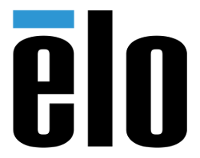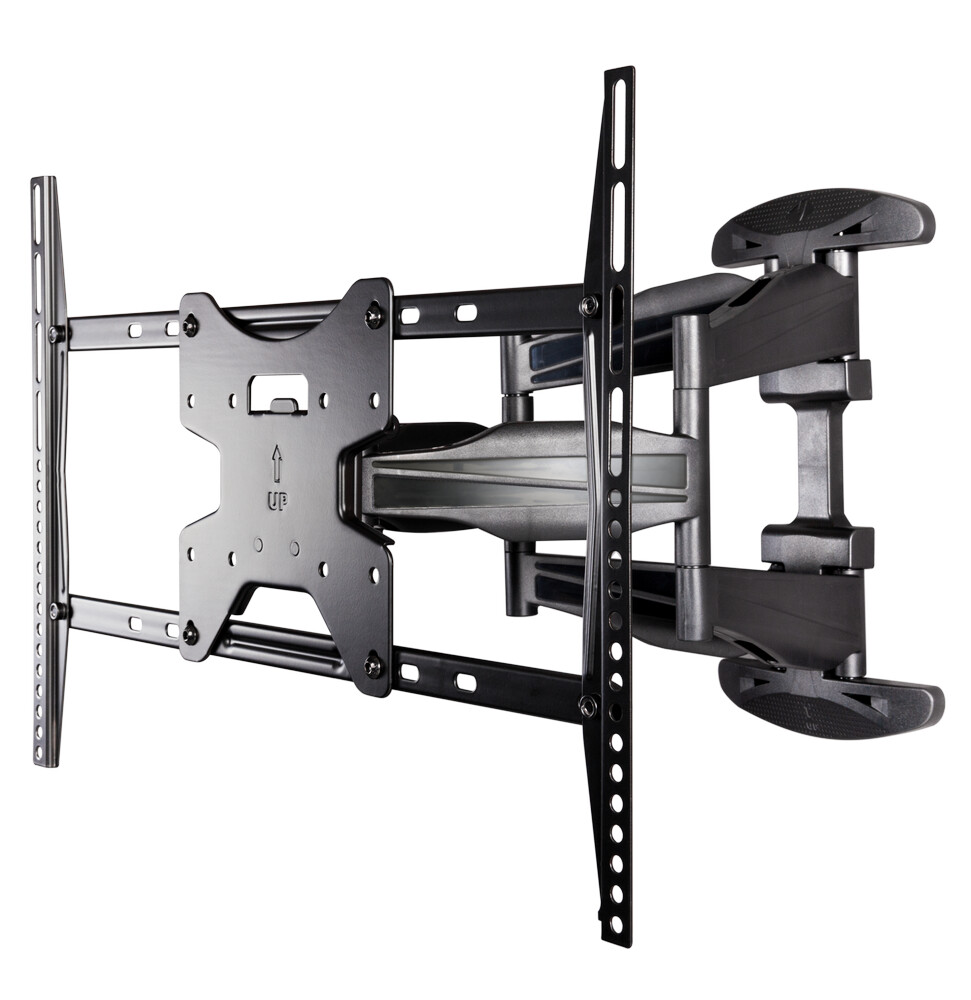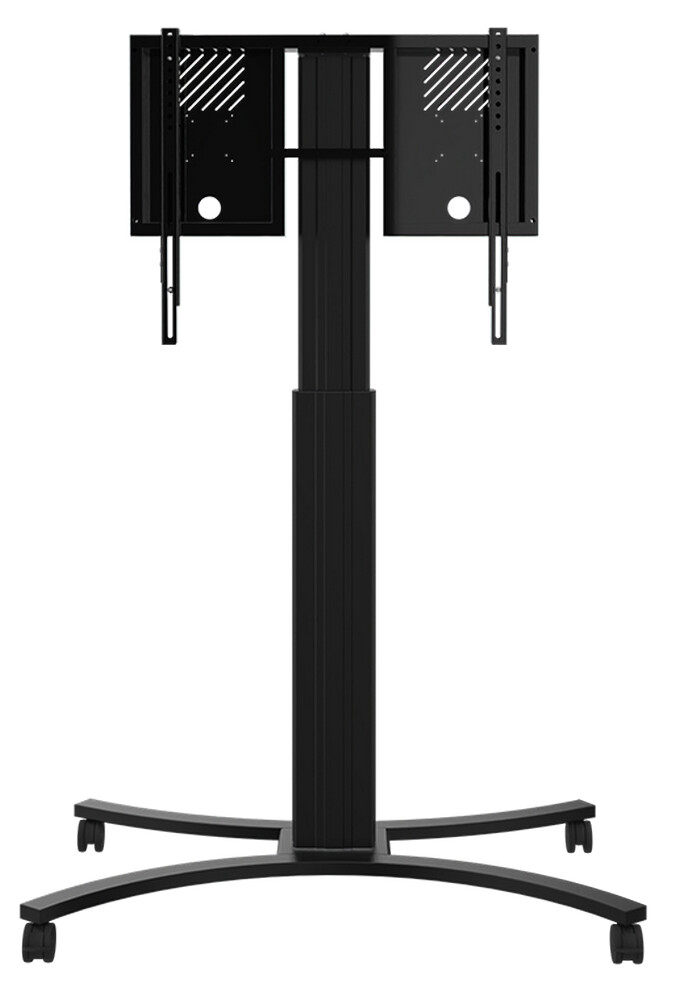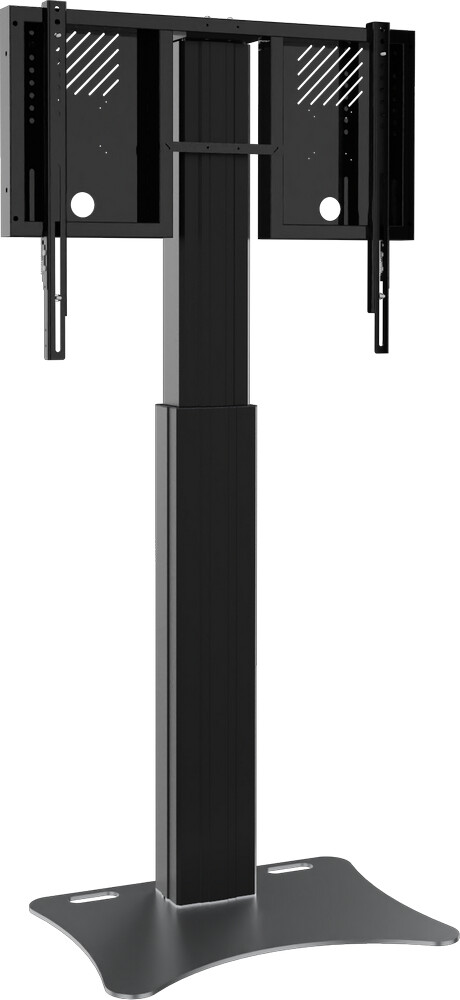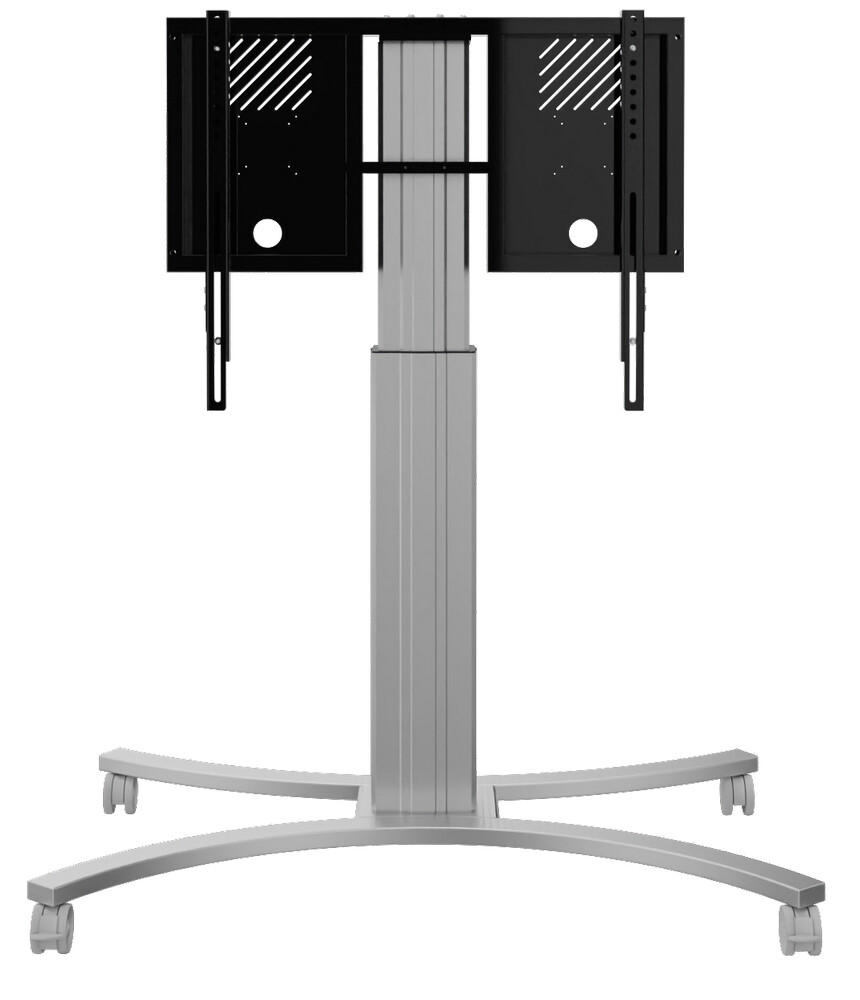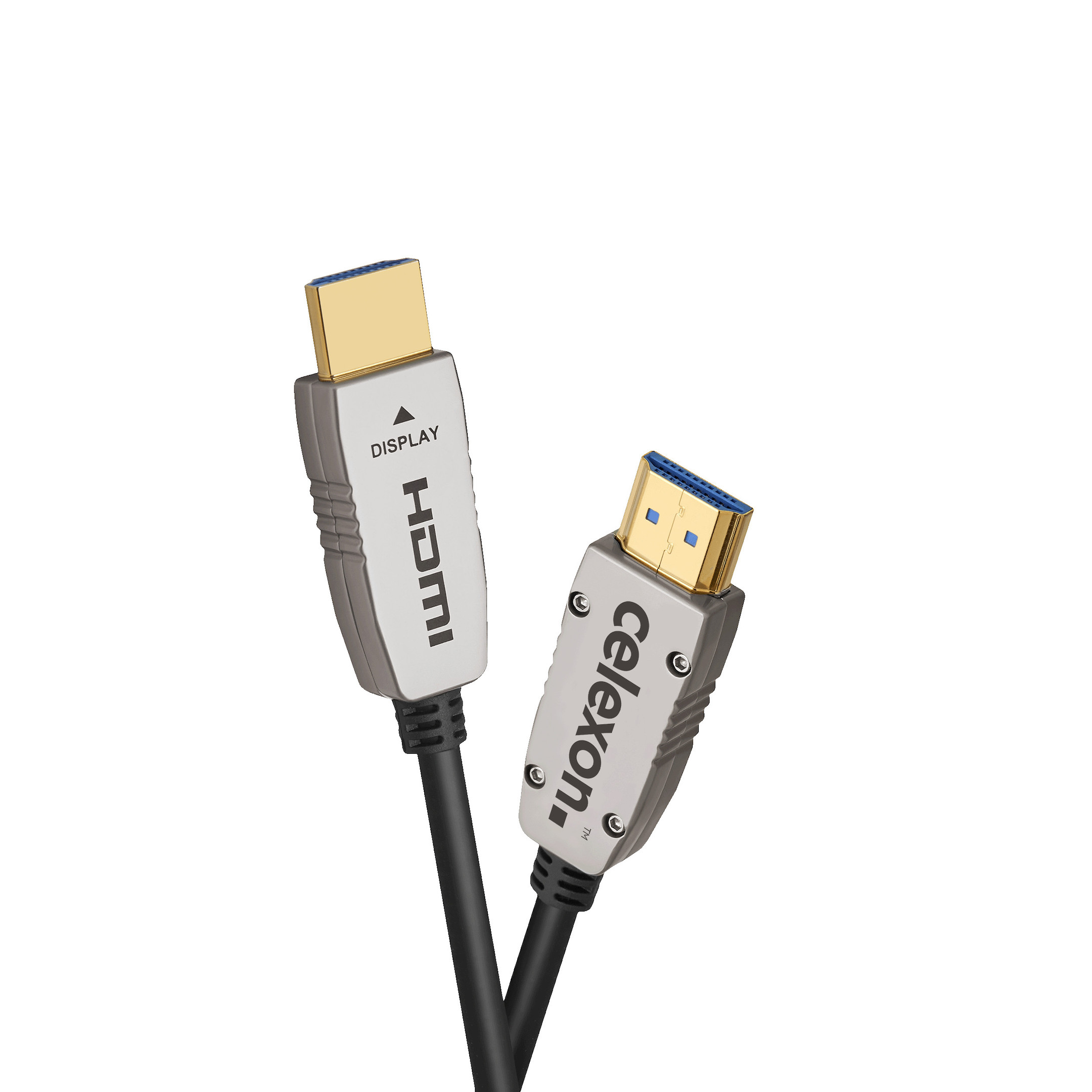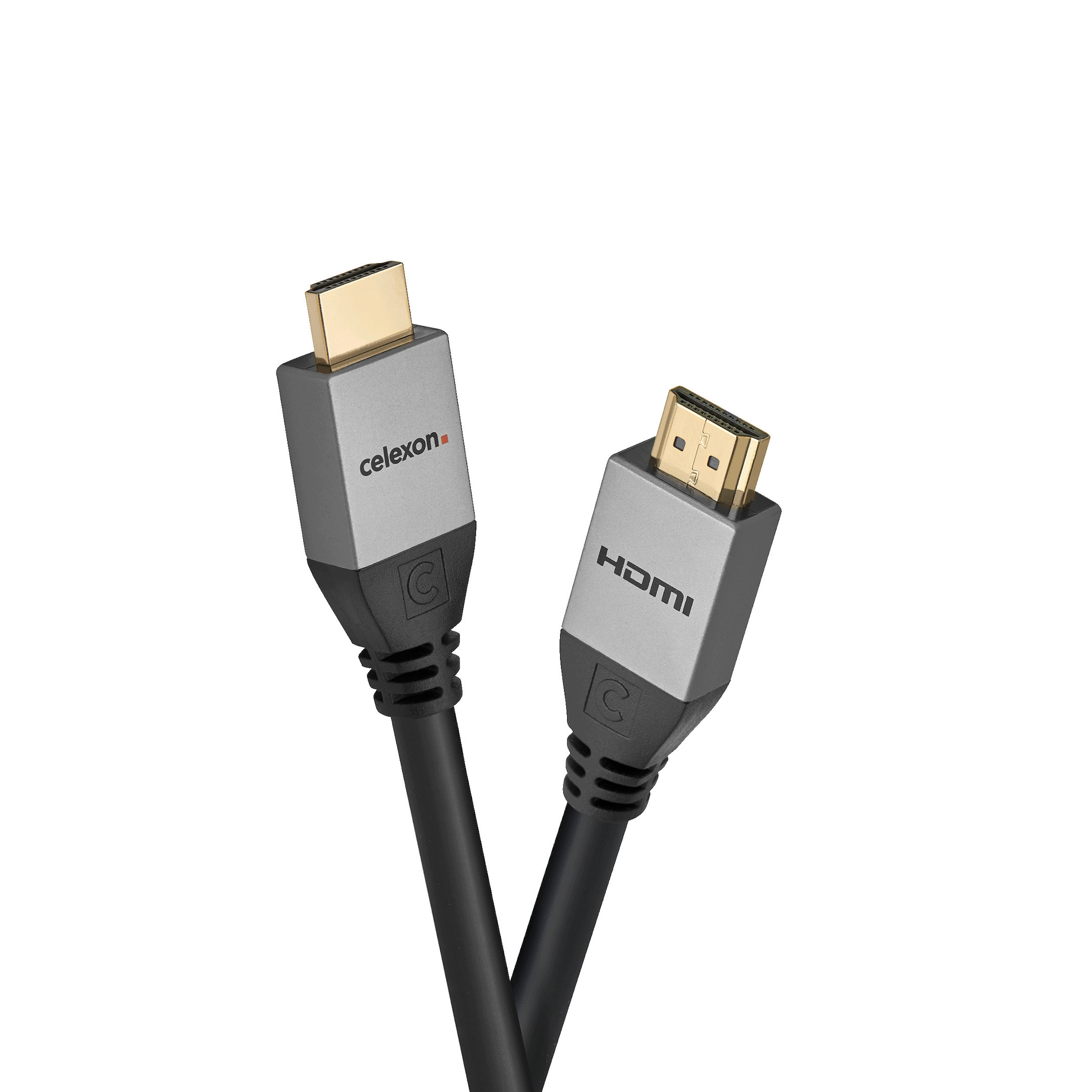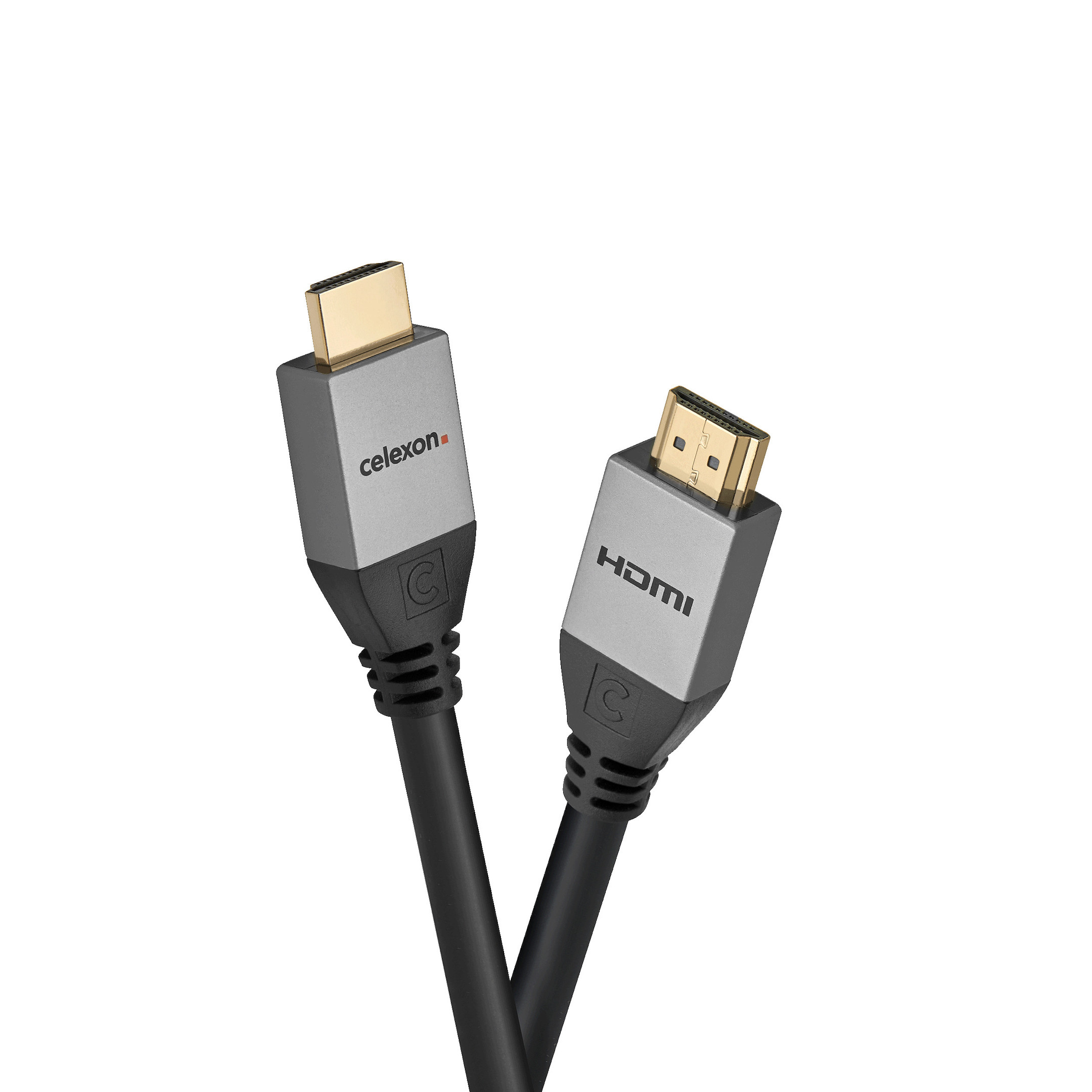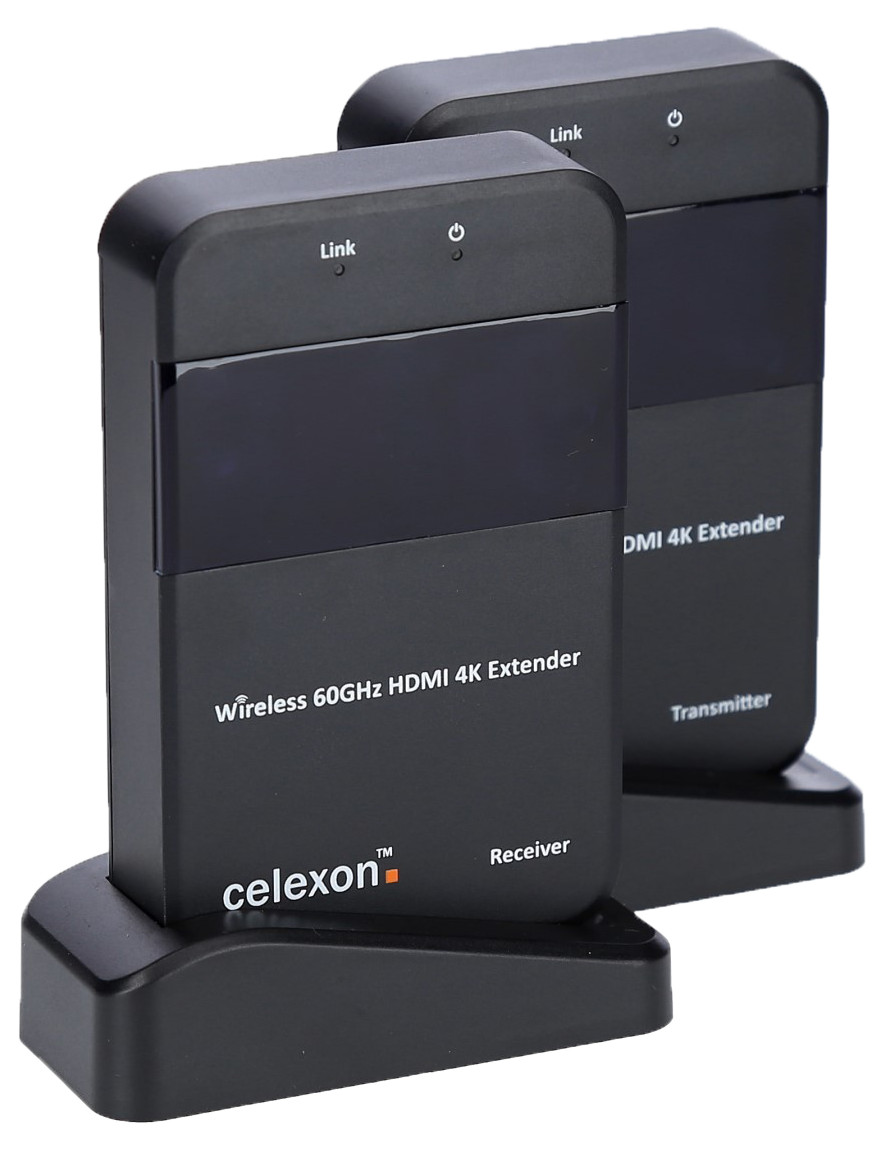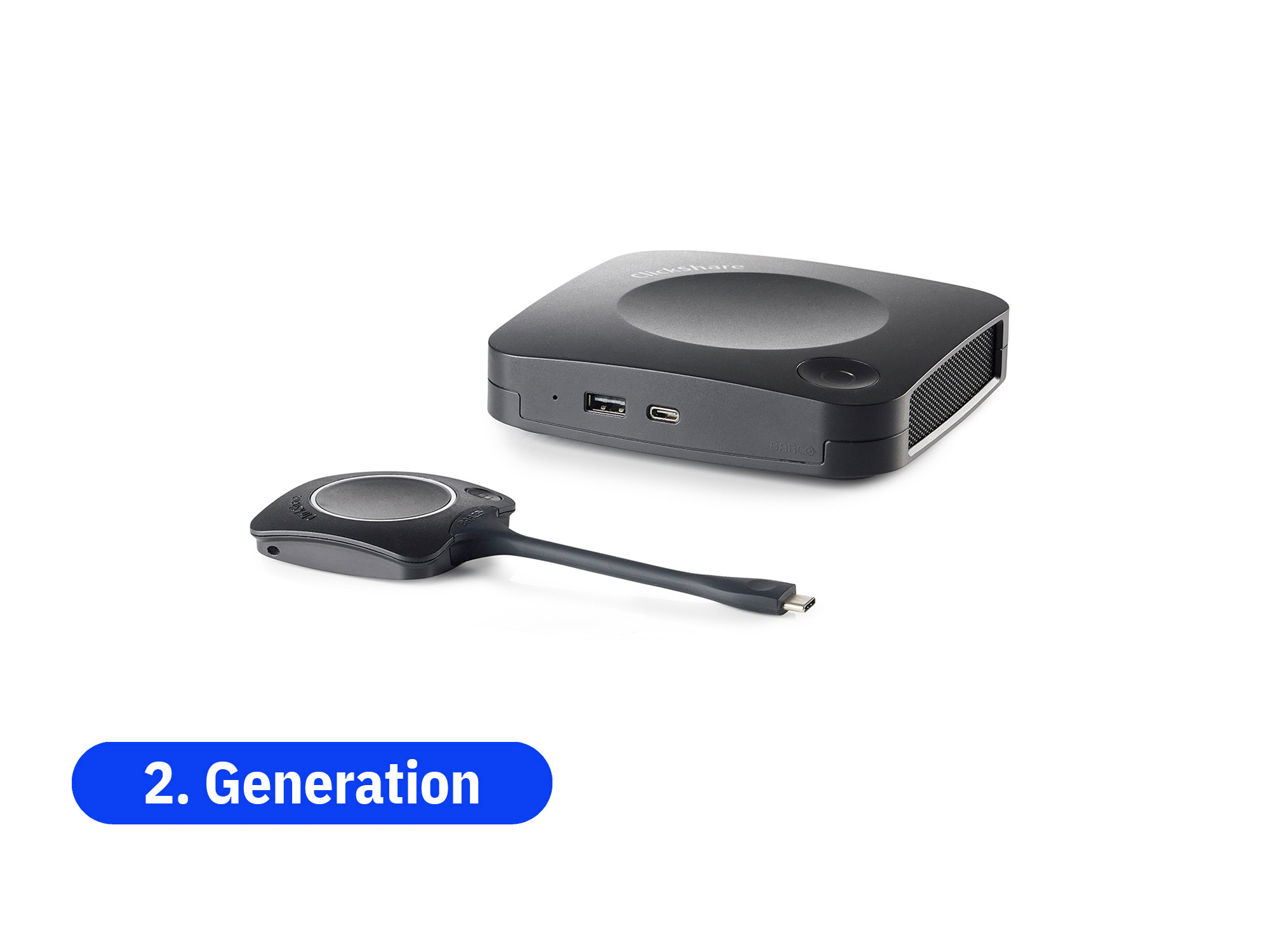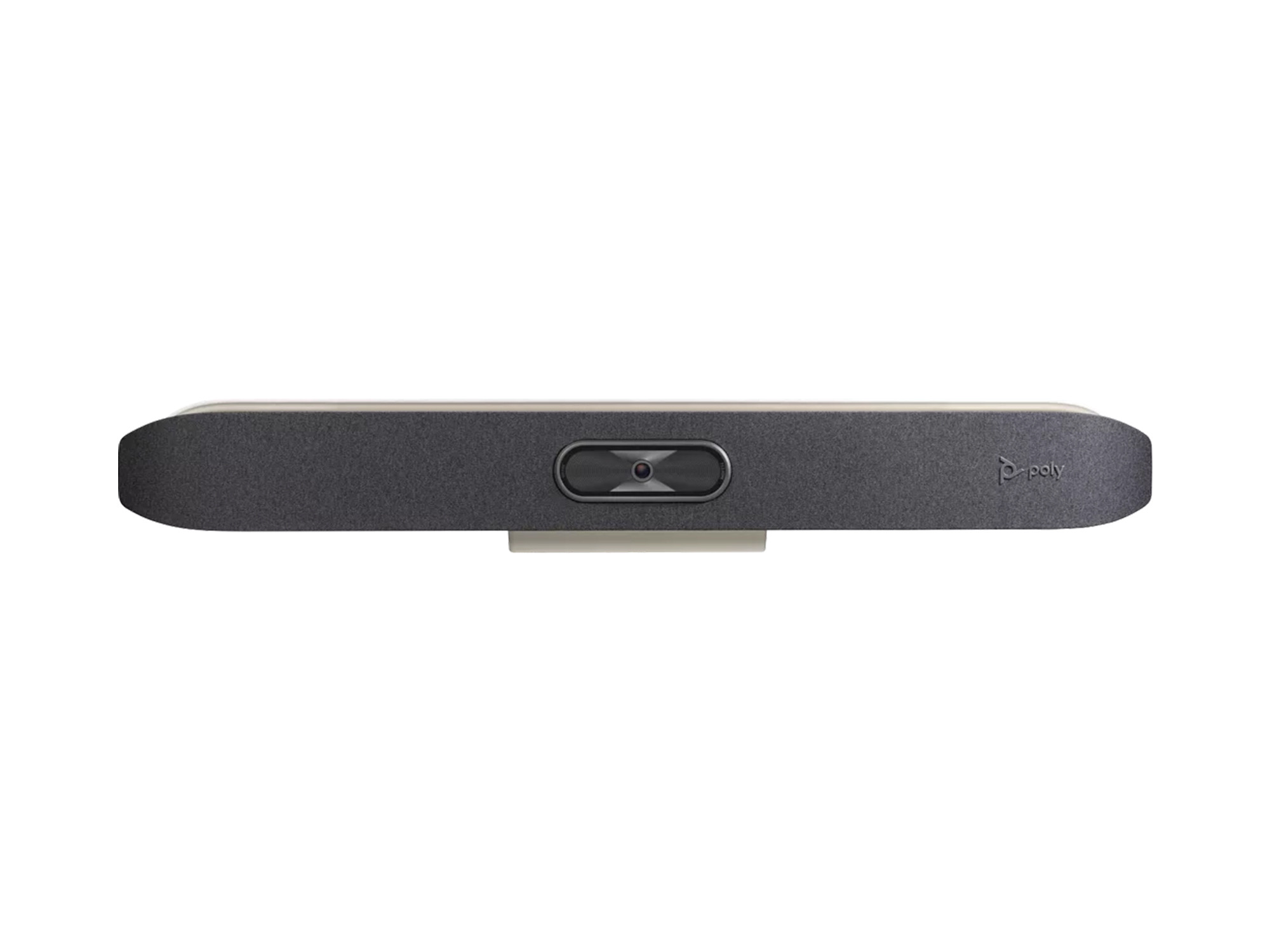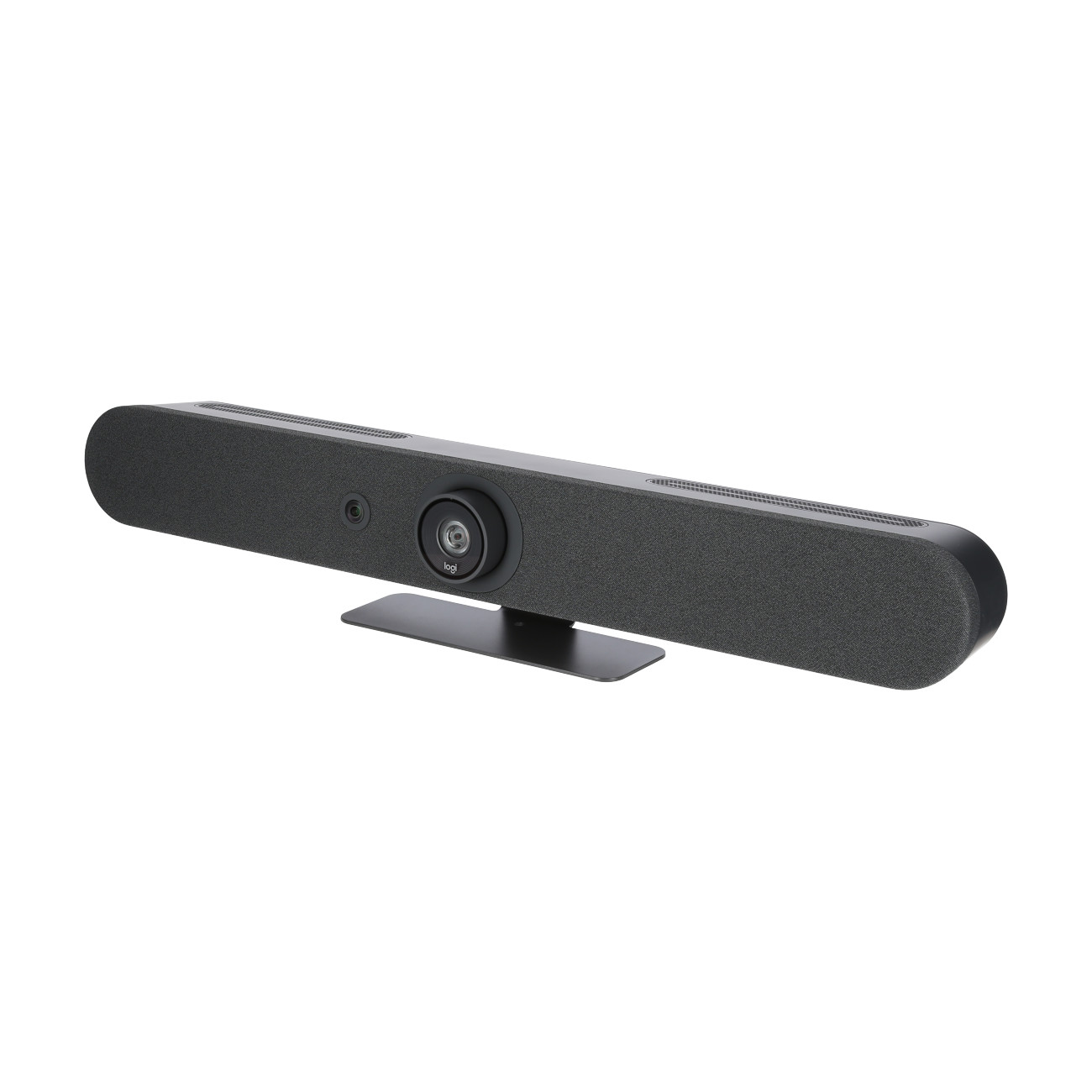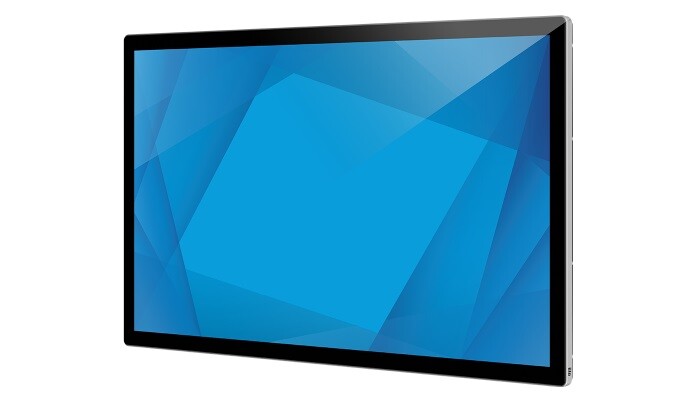



















£1,179.39*
- Resolution 1920 x 1080 Full HD
- panel technology LCD
- Aspect Ratio 16:9
- Max. Brightness 340 cd/m²


Frequently purchased together
Product information
4303L - interactive display from Elo
Make everyEnvironment interactive - with the brilliant 43-inch touch display. The4303L is the optimal solution for the most diverse areas of application - from theEndless aisle, immersive brand experiences and menu boards to team meetings andTeam meetings and dashboard applications. The touch display features anelegant, slim design and is extremely reliable even in continuous commercial usereliable even in continuous commercial use. Additional flexibility: With Elo's computer modules, the display can bemodules transform the display into a powerful, giant all-in-one tabletAll-in-one tablet.
Elo's 4303L is available with the industry-leadingis available with either industry-leading PCAP technology TouchPro® for up totouch points or infrared technology for up to 20 touch pointsTouch points, ensuring a dynamic, highly sensitive responseResponse is guaranteed. The touch display also features a specialglass, which ensures low friction between the touch display and the fingerand therefore generates less heat. Elo's TouchPro PCAP technologyElo's TouchPro PCAP technology also offers touch-thru functionality so that the interactive display can bebehind a mirror, counter or in a fully enclosed kiosk for added ruggednessfor even more ruggedness, durability and aesthetics.
More team productivity: collaborate in any environment in all environments
Speciallydesigned to enable easier collaboration: Simply connectthe Huddle Kit to the 4303L interactive display for smoother meetings and moreMeetings and more intensive teamwork - as effective as a face-to-face meetingface-to-face meeting. Encourage new concepts and provideInnovation that extends the capabilities of a telephone call, projectoror whiteboards with a correction pen.
Flexibility for your installation
Wall, table orKiosk? With our interactive displays for commercial use you remain flexibleFlexible. Thanks to the numerous mounting options, they can be mountedcan be mounted in landscape or portrait format or lying flat, so that our touchscreens can beTouchscreens are suitable for a variety of installation situations.
Touch-Thru-Glass functionality with PCAP
Optimal protectioneven for installations in harsh environmental conditions - thanks toTouch-Thru response, our TouchPro® PCAP technology also detects touchesTouches through glass. No matter whether you are looking for a flush wall-mounting solutionor a display that has a protective cover glass: Ourrugged PCAP products are engineered to last.
Touch displays with the performance of aWindows computer
The high-qualityComputer module transforms the Elo touch display into a powerfulAll-in-one touch computing platform. Retrofitting on site is extremely simpleand does not require any cables: The new ECMG4 computer modules feature powerfulintel® Core™ 7th generation processors and an improved graphics engineGraphics engine.
Android - secure, fast, scalable.
With the help of EloBackpack®, an Android compute engine, Elo touchscreens can be transformed into a scalablescalable solution that allows you to create a powerful media platformmedia platform. Content delivery and remote management of your entire networkhave never been easier - thanks to EloView®. The energy-saving, reliableand fanless computing solution meets your needs and is also cost-effective and compactcost-effective and compact.
Technical data
| Name | ELO Touch 4303L 43" Touch display |
|---|---|
| Article number | 1000017444 |
| GTIN/EAN | 0843173109954 |
| Manufacturer SKU | E720629 |
| Model name | 4303L |
| Brand | ELO Touch |
| Product Type | Touch display |
| Technology | LCD Technology LED: LED is a lighting technology. With LED technology, diodes are used as illuminants and not conventional UHP lamps. The advantage of this technology is that the diodes do not use a filament and practically do not consume energy. However, LEDs have a more bluish colour range than UHP lamps, which is why the image is often perceived as somewhat colder. Colour wheel: Besides the DMD chip, the colour wheel is one of the most important criteria for image generation in DLP projectors. The colour wheel rotates constantly at extremely high speed and currently has 3, 4, 5 or, in some cases, even more colour segments. Through the colour wheel, the light from the projector lamp is alternately broken down into the primary colours red, green and blue practically without interruption. In modern projectors, the colour wheel also contains white and sometimes other colours such as cyan, magenta and yellow. With 3 segments, the colour wheel rotates at 3600 or 7200 rpm, with 7 segments at up to 14400 rpm. (4x speed). Each colour perceived by the eye in a DLP projector is therefore an extremely fast sequence of individual, differently coloured light beams until the actual processing. Because this technology sometimes does not use all the colour positions of the colour wheel for high-contrast images, or because the colours required for colour mixing are arranged far apart on the wheel, some viewers recognise the rainbow effect. This characteristic is more noticeable with slower colour wheels and slower rotation speeds than with projectors with faster and more frequently segmented colour wheels. |
| panel technology | LCD |
| Resolution | 1920 x 1080 Full HD Resolution Resolution: The resolution of a projector is the maximum number of image points (pixels) that a projector can display based on its naturally existing technology, i.e. without conversion or cropping of the image. The native resolution is the number of pixels that a projector physically has to display the image. A projector usually interpolates a resolution when it receives an image signal with a higher resolution than the native one. If this is the case, there may be a lack of image detail or general blurring in the displayed image. If a projector receives an image signal with a lower resolution than the native, it also interpolates, it scales the image up to the native resolution, calculates corresponding additional pixels, if possible without changing the image information. The disadvantage here is that although the image is displayed larger than fed, the original individual pixels may become much more visible as they are multiplied by the conversion. 4K: 4K refers to the resolution of 3840 x 2160 or Ultra High Definition Television (UHDTV). This resolution corresponds to 4 times the resolution of Full HD. To record films with this resolution, special cameras are needed that can record at around 8 megapixels (4K). Full HD: The term Full HD is used to describe devices that can physically display or output HDTV signals in full (1920 x 1080 pixels). 1080p: 1080p is the specification of the vertical picture lines. Among other things, it refers to the resolution 1920 x 1080. The "p" in this case means full frames, so all picture lines are displayed simultaneously. 1080i: 1080i is the specification of the vertical picture lines. The "i" in this case means fields. This signal is usually displayed interpolated (e.g. by devices with a 1280 x 720 HDready resolution). The interpolation digitally adds pixels, but also offers a slight blurring. In contrast, 1080p playback uses full frames. |
| Diagonal | 43" |
| Aspect Ratio | 16:9 Aspect Ratio Format: The projected image is output in a format (aspect ratio) specified by the projector. The format is also determined by the resolution of the projector (see also the entry "Resolution"). The screen format is usually selected on the basis of the format of the beamer image. The most common formats are 4:3, 16:9 and 16:10. |
| Contrast Ratio | 4,000 :1 Contrast Ratio Contrast: The contrast reflects the gradations between the lightest and darkest point. This is determined from white to grey to black. The higher the contrast, the more precisely the individual gradations between the respective sections can be recognised. In real use, however, the contrast actually only plays a role in darkened rooms, as the light counteracts the contrast. Therefore, contrast plays a rather subordinate role in presentation devices. It should also be noted that the contrast is determined differently depending on the technology. This often results in very different values on paper. Black level: The black level indicates the lowest light value of the projection that is achieved when projecting a black image. The better the black level, the more the dark colours / black tones are emphasised in the image. |
| Max. Brightness | 340 cd/m² |
| run-time | 24/7 |
| Response time | 8ms |
| Inputs | 1x 3,5mm Jack , 1x Displayport , 1x Ethernet , 1x USB-C , 2x HDMI Inputs HDMI: Digital connection for the transmission of picture & sound. Necessary for high-resolution picture quality (HDTV). Since HDMI 1.4 (High Speed) suitable for transmission of 3D content in Full HD. For high-resolution picture quality in UHD, 4K or HDR, the connection via HDMI 2.0a and higher is suitable. HDMI 2.1 or higher should be used from 120Hz refresh rate in 4K. VGA: The VGA connector is a 15-pin connector for analogue image transmission. It is also called DSub15 and is often found on notebooks and PCs. Compared to the other analogue connections, it offers good picture quality. It can be screwed to the input or output device and can be adapted to YUV with a suitable configuration. DisplayPort: The DisplayPort connection is a VESA-standardised connection for the transmission of image and sound data. In addition to HDCP encryption, DPCP is also supported. Due to its compact size, the connection is most commonly used in notebooks. An extra small variant is the MiniDisplayPort, which is used especially with Apple devices. DVI: DVI (Digital Visual Interface) is an interface for the transmission of video data. Only analogue signals can be transmitted via DVi-A, only digital signals via DVI-D and both types of signals via DVI-I. USB: USB (Universal Serial Bus) is used to control and manage the projector (USB-B). With some business devices, office files and images can also be presented directly with a USB stick or a mouse can be connected via the USB input (USB-A). Toslink: The Toslink connection is an optical signal connection that works on an optical fibre basis. It is used for the digital transmission of audio signals. The optical design offers a lower susceptibility to interference from external magnetic and electrical influences. The connection is mostly used in the area of DVD / Blu-ray players and comparable devices in connection with an AV receiver, if these work with dts or Dolby Digital signals. YUV: The YUV connection, also called Y Cb/Pb Cr/Pr or component connection, is an analogue video connection with three channels (light intensity and two colour channels). Qualitatively, it is the best analogue video connection. Component cable: The YUV connector transmits analogue signals over three cables (Y=black and white UV=colours). YUV is used to transmit HDTV and is compatible with Cinch, for example. S-Video: The S-Video connection is also called S-VHS or Hosiden connection. Compared to the Cinch video connection, it works with two channels (brightness/colour). In terms of quality, it is somewhat better than the Cinch video connection, but there are also limitations. These can be explained by the susceptibility of the signal, which is reflected in picture distortions, for example. Cinch: The cinch video connection is also called composite connection. To make it easier to recognise, it is usually sheathed in yellow. Since the transmission is only via one channel, the picture quality is on a low level. D-Sub15: The VGA connector is a 15-pin connector for image transmission on an analogue basis. It is also called DSub15 and is often found on notebooks and PCs. Compared to the other analogue connectors, it offers good picture quality. It can be screwed to the input or output device and can be adapted to YUV with a suitable configuration. RS232: The RS232 interface can be used to control or manage the projector. Mini Jack: With a single-pin Mini Jack, mono audio signals can be transmitted, with a two-pin stereo audio signals and with a three-pin stereo audio signals and image data can be transmitted. Scart: Scart is a connector that can be used to transmit analogue audio and video signals. It is compatible with other analogue connections such as RCA or S-Video. ARC: The audio return channel, also called ARC or audio return channel, was introduced with HDMI version 1.4 to reduce the amount of cabling between HDMI components. The audio return channel runs via the existing HDMI cable. Therefore, an additional cable for the sound no longer needs to be connected. However, both devices must support ARC. All audio file formats that are also transmitted via the SPDIF interface can be transmitted via the audio return channel. These include Dolby Digital, Digital Theatre Sound and PCM audio. As an example, a connection between a TV (including receiver) and an AV receiver could be made via an HDMI cable. The sound from the TV is fed back via the HDMI cable. Previously, an additional digital cable (coaxial or Tos-Link) was required for the audio signals. |
| Features | Integrated speaker , Touch screen |
| Product width | 100.744 cm |
| Product height | 59.567 cm |
| Product depth | 5.982 cm |
| Weight | 18.49 kg |
| Colour | Black |
| EEK Spectrum | A to G |
| Condition | New |
| Warranty | 24 Month |
| Warranty type | Bringin service Service and support information |
Manufacturer's warranty information:
Here you will find more detailed information on the different types of warranty. Please refer to our manufacturer overview for contact details and warranty conditions for the corresponding warranty claim. Statutory warranty rights are not restricted by an additional manufacturer's warranty. Our liability for defects is governed by law. Defect rights can be claimed free of charge.
Product safety
| Person responsible for the EU |
|---|
| Elo Touch Solutions, Inc. |
| Keizerstraat 7 |
| 4811 HL Breda |
| Netherlands |
| EMEA.Sales@EloTouch.com |


